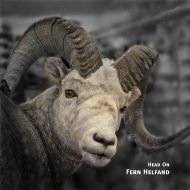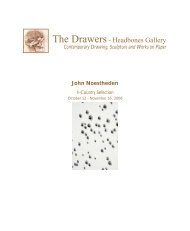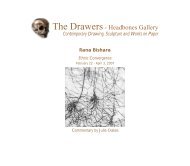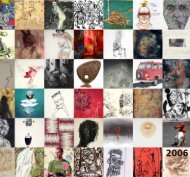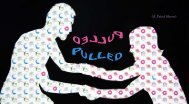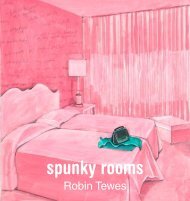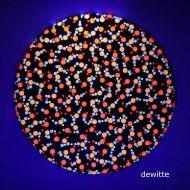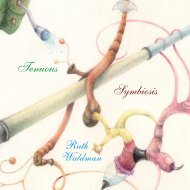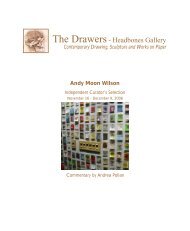Lorne Wagman - Headbones Gallery
Lorne Wagman - Headbones Gallery
Lorne Wagman - Headbones Gallery
You also want an ePaper? Increase the reach of your titles
YUMPU automatically turns print PDFs into web optimized ePapers that Google loves.
<strong>Lorne</strong> <strong>Wagman</strong><br />
REVIVIFIED<br />
<strong>Lorne</strong> <strong>Wagman</strong> hooks into the Group of Seven with a psychedelic twist of heightened<br />
awareness. Their weightier hand and sense of the rugged outdoors is softened by his painterly<br />
veneer of specific enrapture. As he focuses on the delicate splendour of repetition, the moment<br />
is brought alive and transferred onto the canvas or paper with a slip-sliding ease that in turn<br />
permits an observance of equal ease. The experience is akin to a naturist's innocence, a lack of<br />
self consciousness that allows for an authentic and hence believable commune with nature. A<br />
<strong>Wagman</strong> painting allows a respite for the world weary, a rest from the stress of social<br />
obligations and financial worry. The work is not 'work' to look at, but leisure time at its best.<br />
Although the evidence of 'work' is extreme the time needed to record each leaf, twig, bark<br />
encrusted stump or lichenous, mossy bank is palpable - the result is loose and free like a glide<br />
down a slope where the drifts buoy to achieve an absolute letting go of the tension that is<br />
endemic in modern living.<br />
<strong>Lorne</strong> <strong>Wagman</strong>'s studio is in an outbuilding of a field stone house in the woods, where<br />
flocks of sparrows have been seen flying from the windows, where the inside and the outside<br />
live in harmonious simpatico and where <strong>Wagman</strong> paints and draws every day with the rhythm of<br />
one who has mastered the hours and converted the quotidian into a comfortable way of being<br />
between man and nature. “The humble shall inherit the earth.” There are many biblical notions<br />
in this work for who but one who is sufficiently humble to listen and look would be granted the<br />
particular powers of observation to discern between blades or leaves or branches? With the<br />
rigor of a monk-like discipline and unwavering focus, <strong>Wagman</strong> conducts his practice in sync<br />
with his lifestyle and does indeed inherit great riches - the talent to communicate the concerns<br />
of the creator through his art.<br />
The work is informed - not a primitive take on the immediate but rich in art historical<br />
references that range from the immersion of Courbet to the overall flat patterning of Chinese<br />
landscape painting. The work is disciplined and rigorous yet sensuous and flowing. The colors<br />
are lush or hushed or vibrant and moving. The principle impression is one of awe created by the<br />
recognition that <strong>Wagman</strong> is a master painter. He has the ability to use paint so that it remains<br />
paint and yet suggests otherwise, as in the painting The Rites of Spring. There is a flattened<br />
picture plain as if the perspective has been presented as a cross section and in doing so has<br />
become heightened in vivacity. The lusciousness of paint and the practice of moving it around<br />
on a canvas is present yet so are the plants and the leave and the stump towering like a magic<br />
castle.<br />
<strong>Lorne</strong> double-lines the miniscule and hence it assumes a greater significance. A plant is<br />
outlined rather than rendered with a singular line. There is the memory of a hymn - “God sees<br />
the little sparrows fall” - in the renderings for there is equanimity in place. Whether it is a weed,






